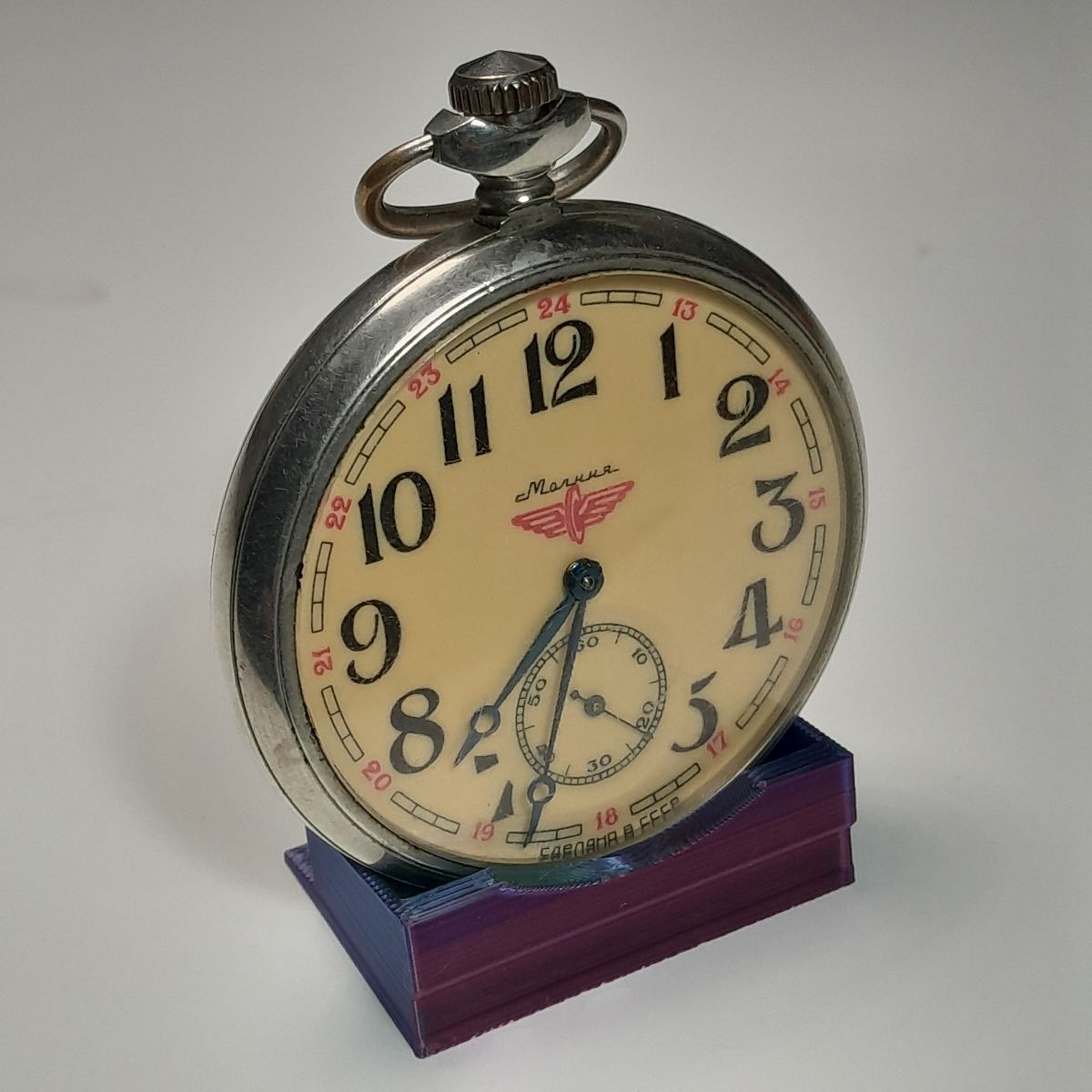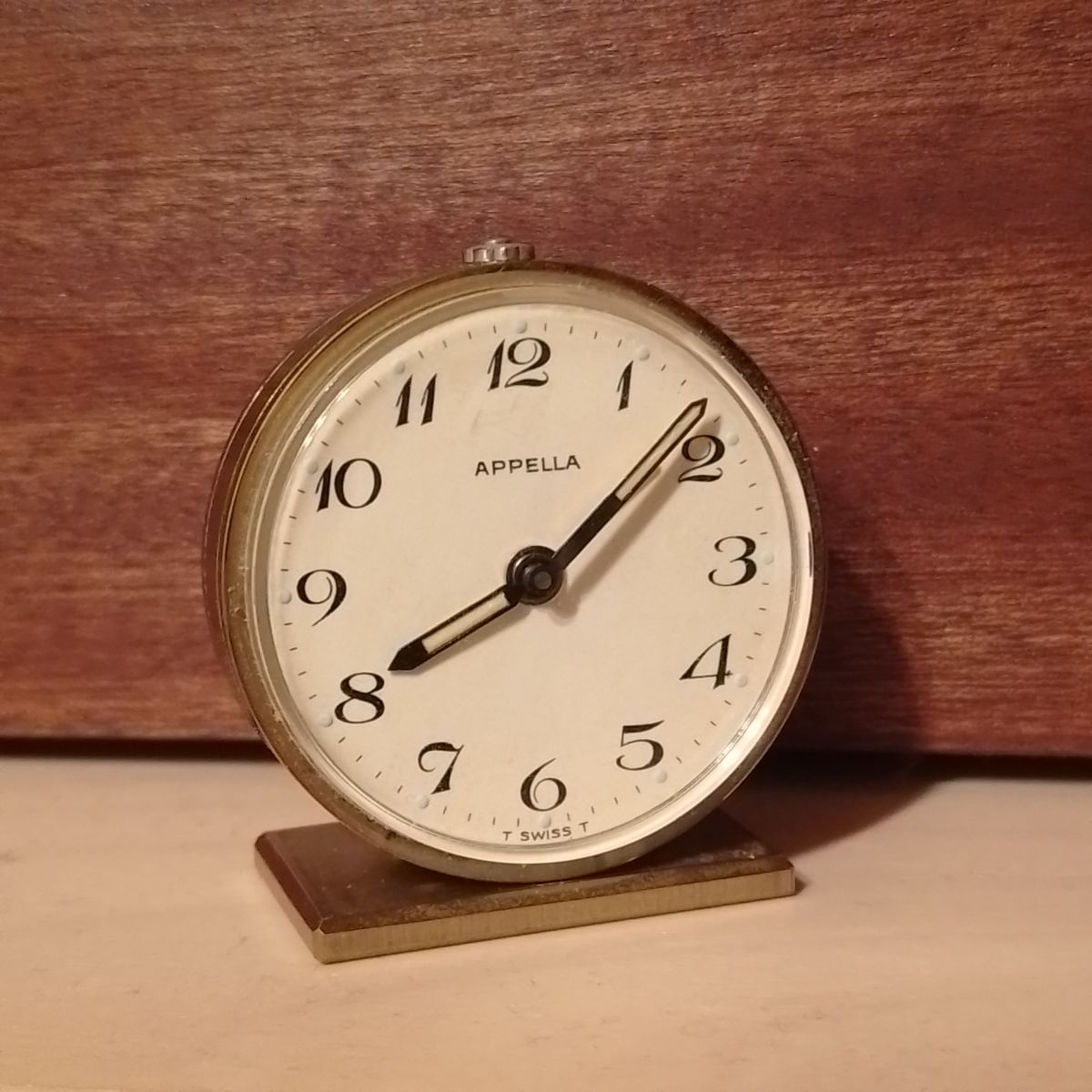Analog Clocks
Analog clocks, with circular faces and moving hands, have been a preferred method of timekeeping for centuries. They serve as functional tools and also as symbols of tradition, craftsmanship, and the passage of time. This article explores the history of analog clocks.
The Dawn of Clocks
The concept of measuring time dates back thousands of years. Ancient civilizations used sundials, water clocks, and hourglasses to mark the passage of hours and minutes. The sundial, one of the earliest timekeeping devices, relied on the position of the sun's shadow cast on a flat surface. However, sundials were limited by the absence of sunlight and differed with geographical location.
Water clocks, or clepsydras, were another significant advancement. These devices measured time by the regulated flow of water from one container to another. Used by Egyptians and Greeks, water clocks provided a more consistent method of timekeeping, independent of weather conditions.
Birth of Analog Clocks
The true precursor to modern analog clocks emerged during the medieval period with the advent of mechanical clocks. In the 14th century, European inventors began creating clocks with gears and escapements, mechanisms that regulated the movement of clock hands. These early mechanical clocks were large, often installed in church towers and town squares, serving both public and ecclesiastical purposes.
One of the earliest known mechanical clocks was built in 1283 in England. These clocks featured weights that drove the gears, which in turn moved the clock hands. The introduction of the verge escapement in the 14th century allowed for more precise regulation of time, leading to increased accuracy.
Refinement and Innovation
 The Renaissance period saw significant improvements in clockmaking. In the 15th
century, the invention of the mainspring allowed clocks to become smaller and more
portable. Pocket watches and wall clocks began to appear, making timekeeping more
accessible to the general population.
The Renaissance period saw significant improvements in clockmaking. In the 15th
century, the invention of the mainspring allowed clocks to become smaller and more
portable. Pocket watches and wall clocks began to appear, making timekeeping more
accessible to the general population.
The 17th and 18th centuries witnessed further advancements, including the development of the pendulum clock by Christiaan Huygens in 1656. The pendulum's regular motion significantly improved the accuracy of clocks, reducing timekeeping errors to mere seconds per day. This period also saw the emergence of elaborate clock designs, reflecting the artistic and scientific endeavors of the era.
Appeal of Analog Clocks
 With the advent of the industrial revolution in the 19th century, mass production
techniques allowed clocks to be manufactured on a larger scale. This democratization
of timekeeping devices brought analog clocks into homes, schools, and workplaces
worldwide. The familiar face of the analog clock, with its hour, minute, and second
hands, became a universal symbol of time.
With the advent of the industrial revolution in the 19th century, mass production
techniques allowed clocks to be manufactured on a larger scale. This democratization
of timekeeping devices brought analog clocks into homes, schools, and workplaces
worldwide. The familiar face of the analog clock, with its hour, minute, and second
hands, became a universal symbol of time.
Despite the rise of digital clocks in the 20th century, analog clocks have retained their charm and practicality. They are prized for their aesthetic appeal, simplicity, and the ease with which they convey time. Analog clocks also play a crucial role in teaching time-telling skills, making them a staple in educational settings.
The history of analog clocks is a testament our enduring fascination with time. From ancient sundials to intricate mechanical masterpieces, analog clocks have evolved over centuries, embodying both technological advancements and artistic expression. Today, they continue to mark the passage of hours and minutes, reminding us of the timeless nature of timekeeping itself.
